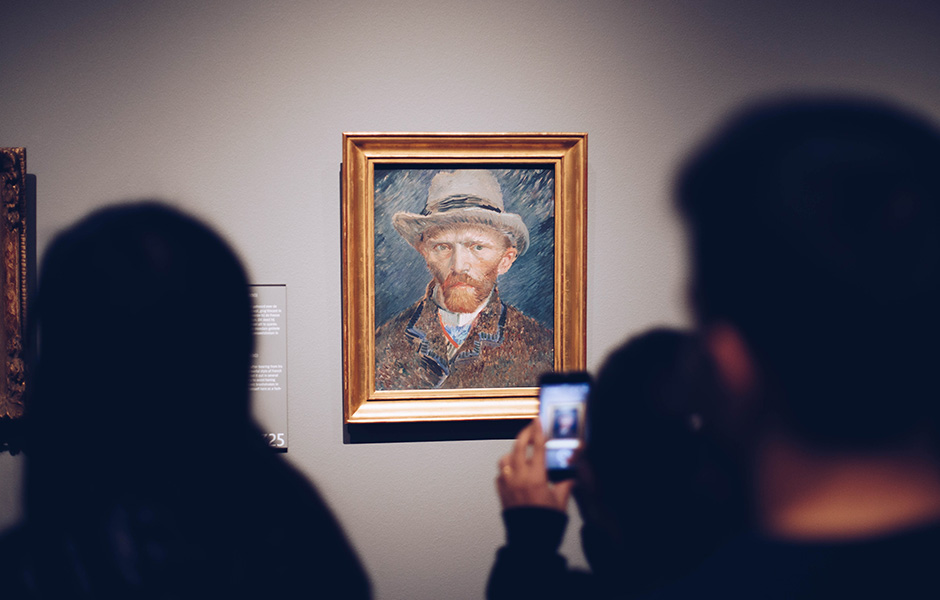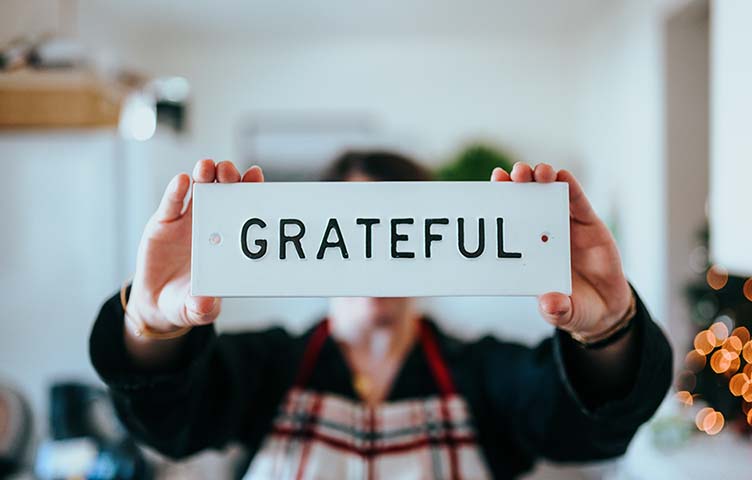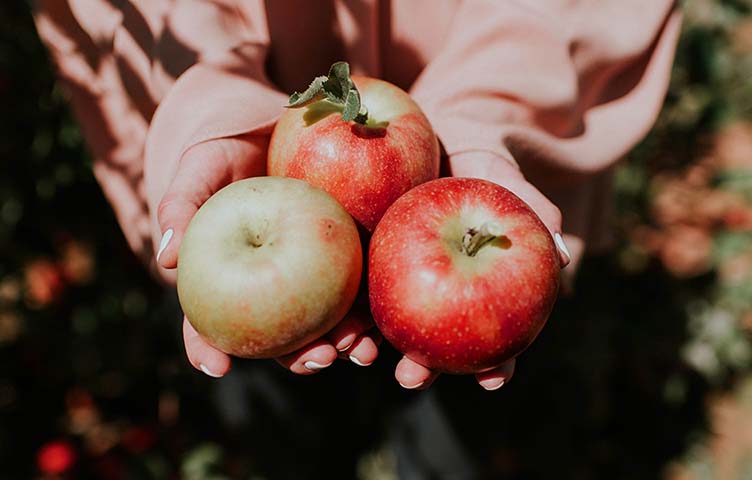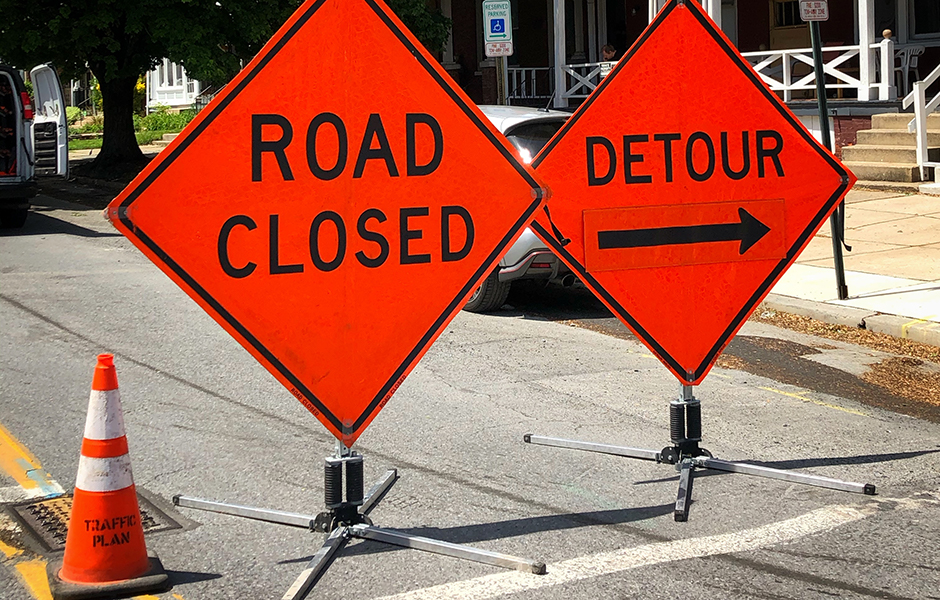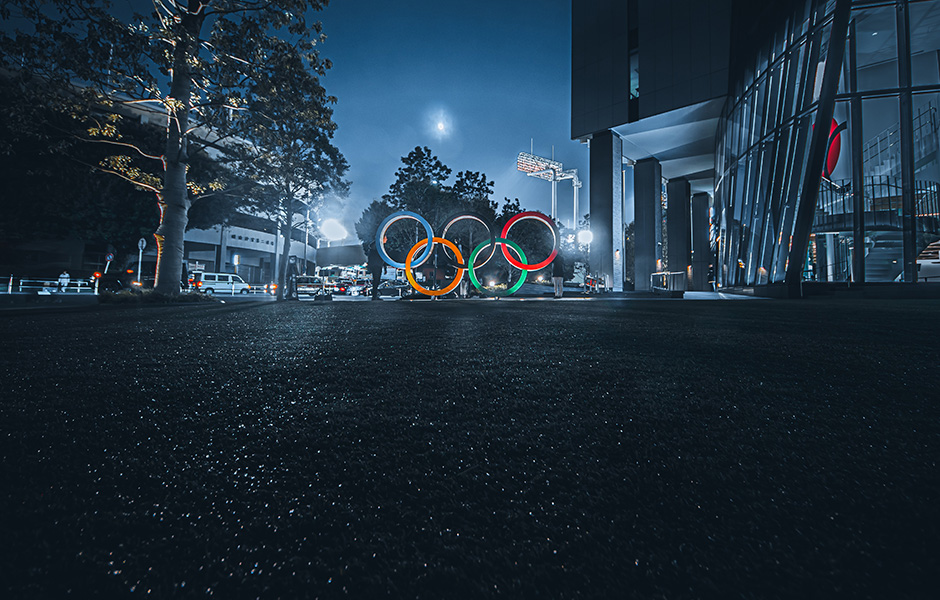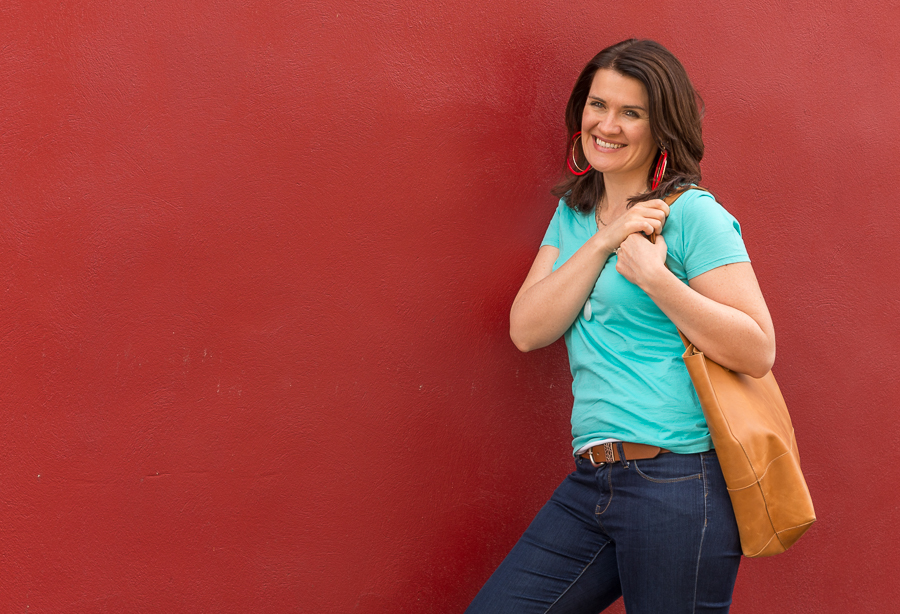Over the past few years, there’s a word that’s been thrown around to describe our generation: Entitled. But I don’t believe our problem is that we think we are owed everything. I think the problem is we compare ourselves to others. Then we worry about what it says about us, if we aren’t in the same place (financially, career-wise, etc.), as everyone else seems to be.
I don’t believe our problem is that we think we are owed everything. I think the problem is we compare ourselves to others.
Comparison is never about the person we’re focusing on. It’s always about us. Whether conscious or not, deep down it’s about our worth. And now, for the first time in history, the ways we culturally measure value—our successes and triumphs—are shared all over the internet seconds after they happen. Making it easy for us to feel like we can never keep up.
No wonder so many of us are struggling with anxiety.
Only recently, I came across a quote by Vincent van Gogh, that put all our comparing and striving for success into perspective. Before I share it though, I want us to remember van Gogh lived in the last half of the 1800s. He is known as one of the most influential figures in Western Art. And when his very popular sunflower painting was last sold, it went for 87.5 million dollars; which is a little over half of the price paid for his most expensive painting. Yet he described himself this way:
“What am I in the eyes of most people — a nonentity, an eccentric, or an unpleasant person — somebody who has no position in society and will never have; in short, the lowest of the low…”
In his lifetime, van Gogh struggled with mental illness. He faced poverty. And when he died, he was considered a failure. Yet all of his paintings were just as beautiful then, as they are now.
What changed?
In the next century, a few artists came along and saw the genius in his brush strokes. They learned from him. Then their fame pointed to his work.
Consciously or subconsciously, there are so many of us who can’t help but compare our journey, our work, or our lives to those around us and online. When what we’re really looking for is the sense that we are worth something. That what we do matters. That our lives are making a mark.
But what if it’s not our job to determine our worth?
What if it’s futile to try and ensure we’re meeting or surpassing our cultures standards for success? What if we don’t get to decide the imprint we’ll leave behind when our time comes? What if the job we do have, is much more important than all of this?
If there is anything van Gogh’s story shows us is that success is a moving target in our world. The parameters are being changed every day. What our culture values is always shifting. And though, as living, growing organisms, we too are always changing—there are things about you and me that will always be true. Talents and gifts that we can use to bring life, joy, and hope into our world.
This means, we have a choice. We can allow ourselves to continue to compare ourselves to others. Or, we can make the decision van Gogh did. After saying it was possible he was the lowest of the low, he continued:
“…All right, then — even if that were absolutely true, then I should one day like to show by my work what such an eccentric, such a nobody, has in his heart… Though I am often in the depths of misery, there is still calmness, pure harmony and music inside me.”
Vincent van Gogh painted over two thousand paintings in just over a decade of his very short life. Let’s stop playing the game of comparison. Let’s lay down worrying about what others are doing or what they think of us, and instead focus in on the very important work and life you and I get to live right in front of us.
What harmony and music is inside of you?
What important work do you need to do, to bring it out?
Does the endless scroll and the temptation to compare yourself to others have your mind on overload? If so, sign up for my email list and get your FREE copy of my Five Steps to Declutter Your Mind, to help you find clarity, peace, and freedom on this journey.
Photo by Ståle Grut on Unsplash

